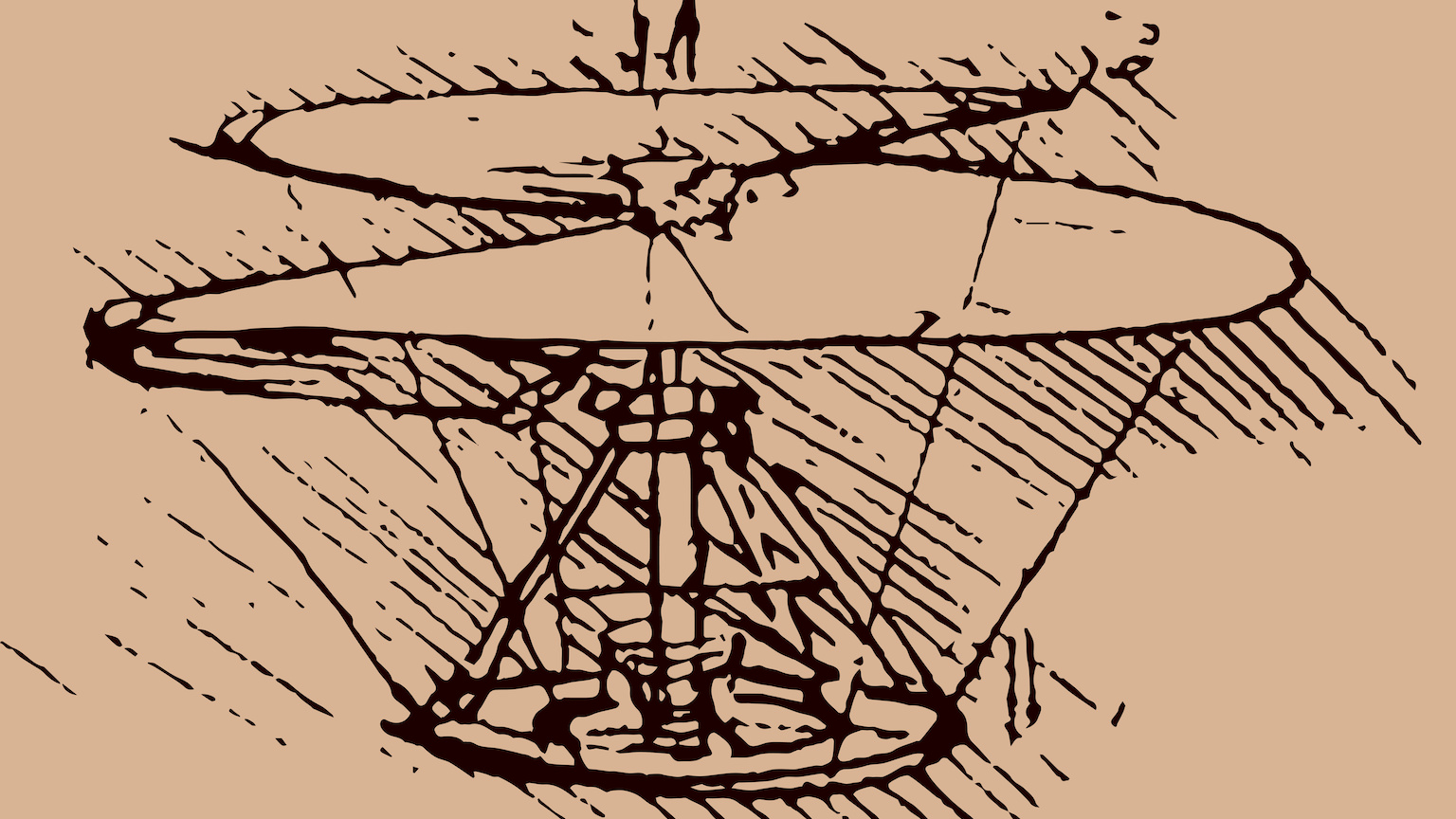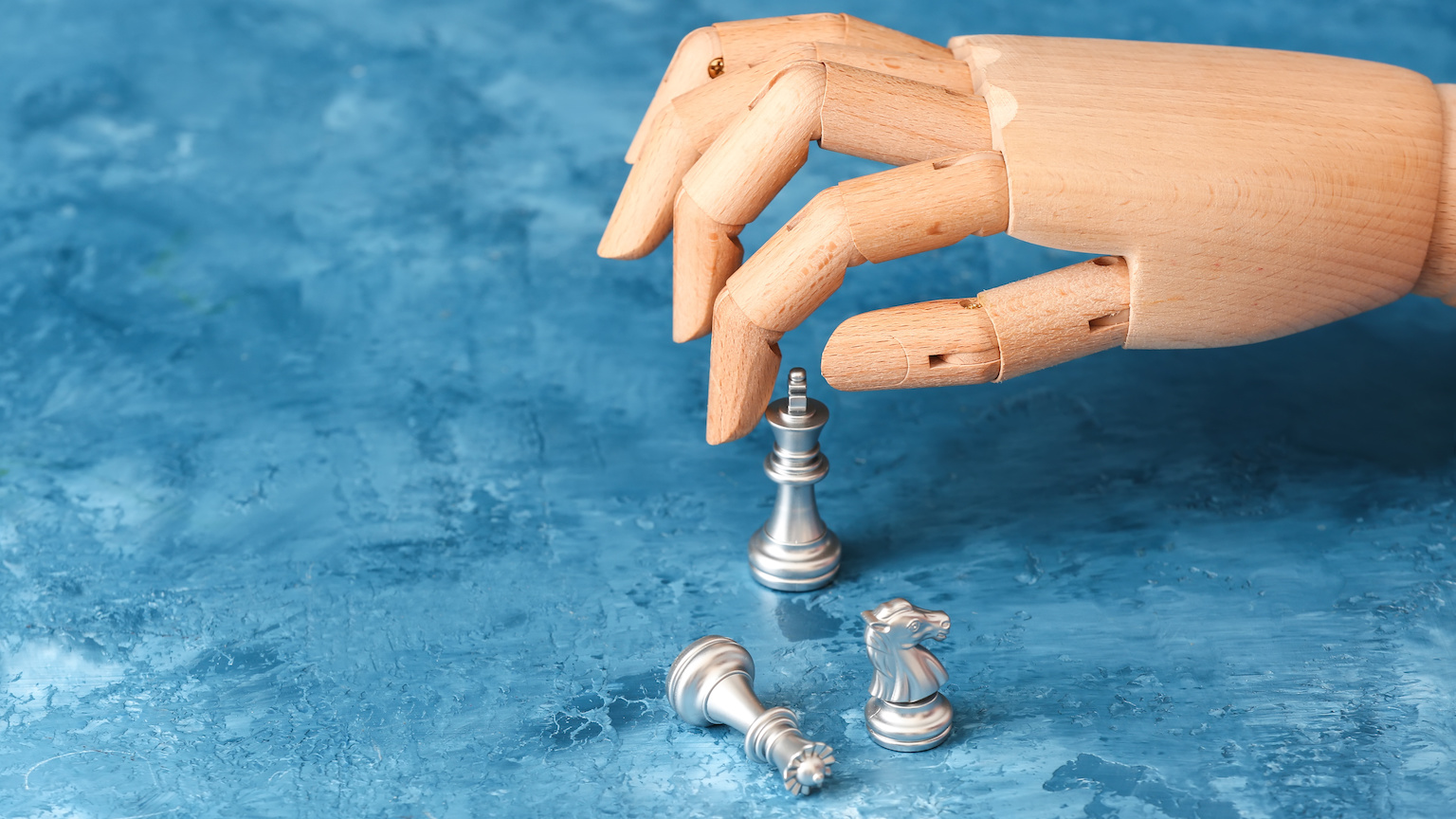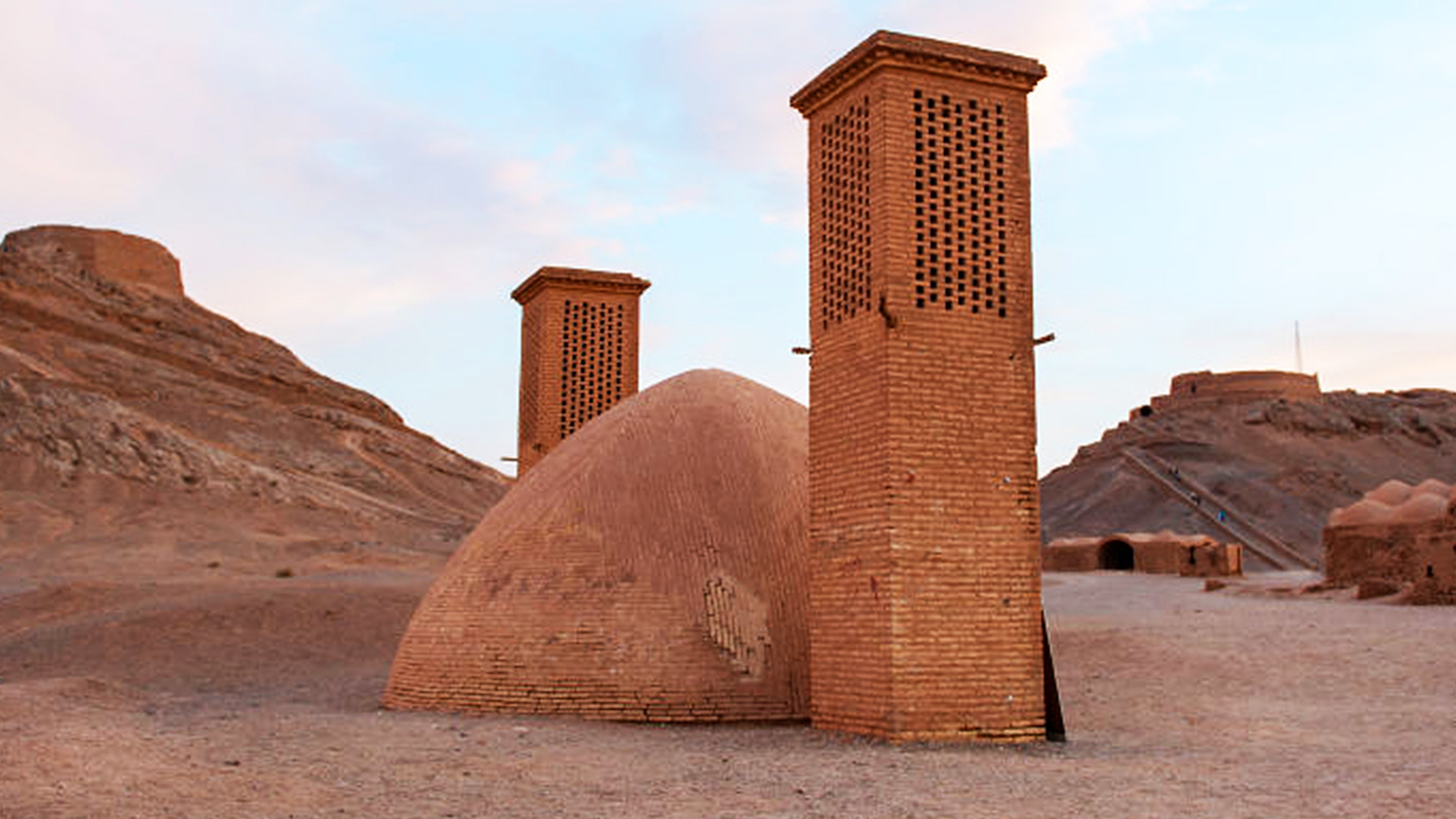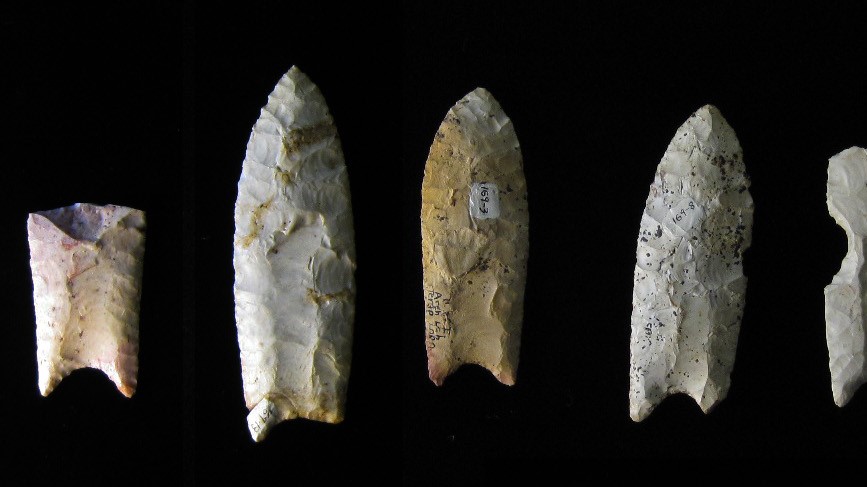How medieval Arabs invented grenades to drop on Crusaders

- Ancient shards of pottery unearthed in Jerusalem show traces of incendiary compounds.
- This was at least a century before the introduction of gunpowder to the West.
- These items may have been crockery grenades, devised by Arabs during the Crusades.
The American Mk 2 hand grenade is an iconic WWII weapon. The pineapple-shaped bomb has snuck into pop art and culture along with the B-52 bomber, the snubnosed revolver, and the Tommy Gun. We visualize the grenade as a terrifying modern weapon, using 20th century explosive technology, but primitive historical forms of the device may date back 1,000 years. How could grenades have been developed before the introduction of explosives?
Gunpowder, the first and most important historical explosive, was invented in China between the 9th and 11th centuries. The Chinese experimented for centuries with various forms of incendiary powders for fireworks, flaming arrows, and primitive rockets. However, it wasn’t known to the Western world until the late 1200s. Around that time, Roger Bacon wrote of it in his great Opus Majus. Arab scholars first described it at nearly the same time.
Gunpowder in its barest form is a mixture of potassium nitrate, sulfur, and charcoal. When lit, the sulfur and carbonaceous charcoal provide fuel. Charcoal is particularly useful because its carbon is in the form of a fine powder with very high surface area. (Many substances are highly combustible when made into a fine powder: aluminum oxide, sawdust, and even the fine residue in grain elevators.) Potassium nitrate is an oxidizer, playing an important part by providing copious oxygen to enhance the rate at which the sulfur and charcoal burn.
Crockery grenades
How then do archaeologists argue in a recent paper that their excavation sites in Jerusalem, predating the introduction of gunpowder to the West by a century or more, may contain ancient grenades? The evidence is found in residues left on shards of smashed pottery.
The primary analytical method used to measure the chemicals present in the residues was ICP-AES (inductively coupled plasma atomic emission spectroscopy). This technique begins by heating argon atoms until they ionize (that is, lose their electrons) and form a plasma. The sample being tested is suspended in a liquid and then nebulized (made into a fine mist) and sprayed into the hot plasma. The extremely hot plasma ions smash into the test sample, causing it to ionize and emit photons of certain colors. The frequencies of these colors uniquely identify specific elements. In short, ICP-AES is emission spectroscopy for atomic identification.
Intriguingly, this testing revealed significantly elevated levels of potassium and sulfur on one of the smashed vessels. Other tests revealed nitrate compounds that could perform the crucial oxidizer function for the incendiary mixture.
Whereas gunpowder is a low explosive — burning rapidly but not detonating like a high explosive — the mixture of potassium nitrate and sulfur that could have been used in the medieval grenade is something like a lower explosive or perhaps an incendiary. Without the particulate charcoal fuel, the mixture burns slower and weaker. Still, this lesser incendiary could have been effective when harnessed in the form of a pressurized bomb.
A modern grenade like the Mk 2 detonates a high explosive charge that pressurizes and bursts its metal container. The walls of the container shred into lethal metal fragments. While a crockery grenade could not generate anywhere near the peak pressure of the modern grenade, the burning of potassium nitrate and sulfur inside could potentially build pressure to the point of shattering an earthenware vessel in a violent burst. This might spray shrapnel shards out at nasty speeds. Regardless of the device’s fragmentation capability, the burning material dispersed in the burst would be a nasty source of heat and flame on its own.
Circumstantial evidence
It’s important to note that this analysis is not a proof of the hand grenade hypothesis. The presence of elevated levels of potassium, sulfur, and nitrates are circumstantial evidence. However, the paper notes a few other pieces of circumstantial evidence: The suspect jug has thick walls, useful for holding against higher pressure and bursting more violently. The authors also point out that the vessel bears no decoration, and that its spheroconical shape is ideal for a pressure vessel such as a grenade. Certainly you can see the resemblance of this shape to a modern weapon.
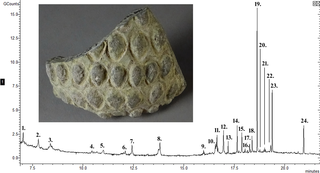
Does all this add up to an Arabic grenade dropped on attacking Crusaders? The circumstantial evidence is enticing, and scholars have made similar claims dating back many decades. Historical accounts may also hint at the use of incendiary devices, though this too is open to interpretation.
Ultimately, it’s historical speculation, albeit with decent evidence. While it would be centuries before the militaries of the world adopted gunpowder as the underlying technology of modern warfare, finds such as these show that armies were likely tinkering with the idea a millennium or more ago.

